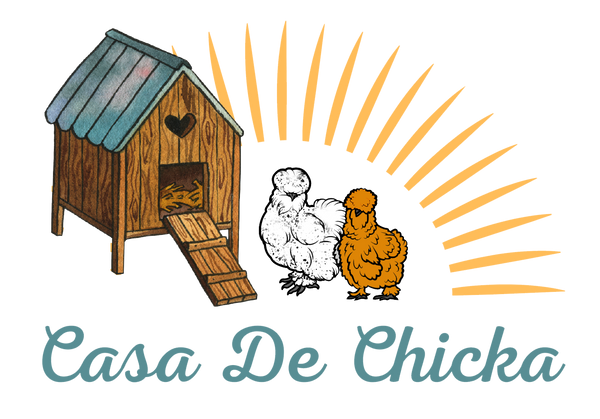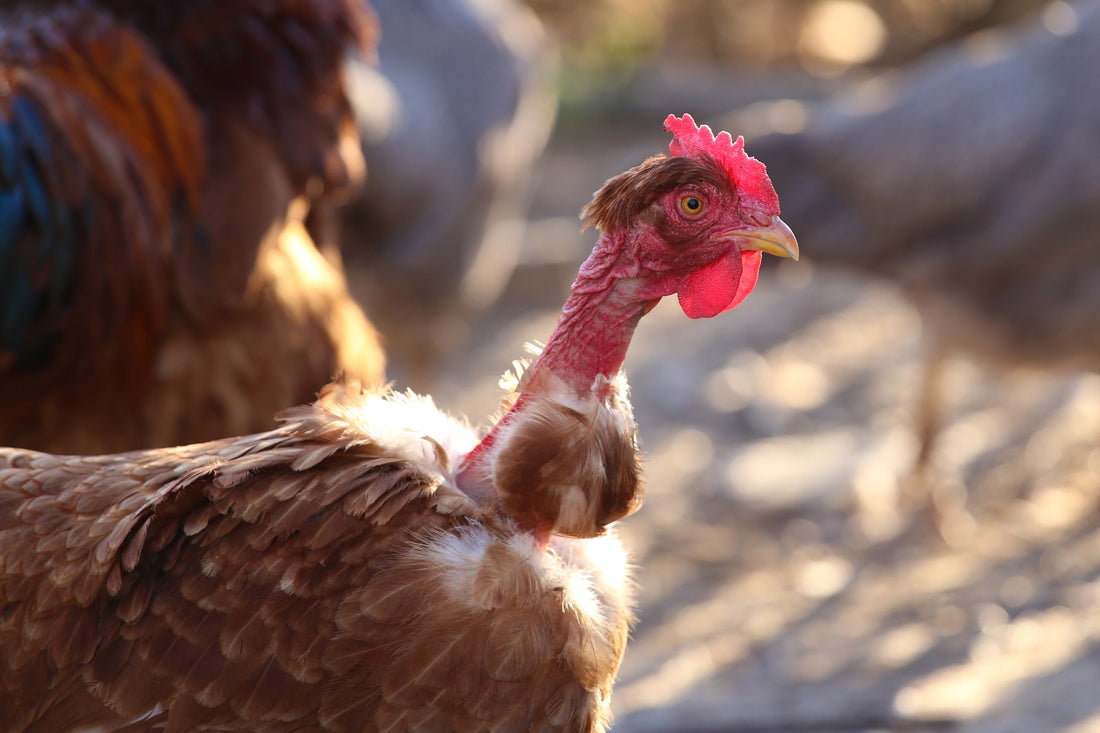Greetings, fellow chicken lovers! If you've been around chickens long enough, you've likely witnessed the annual spectacle known as molting. This natural process, during which chickens shed and regrow their feathers, can be a trying time for both you and your feathered friends. But fear not, dear poultry enthusiasts, for today we shall delve into the mysterious world of molting and arm you with the knowledge and tools needed to guide your flock through this dramatic, feathery transformation. Let's fluff up our knowledge and embark on this molt-tastic journey!
Understanding the Molting Process
What is Molting?
Molting is a normal, physiological process that occurs in chickens (and other birds) during which they lose their old feathers and grow new ones. This process allows chickens to maintain healthy, functional plumage, which is essential for insulation, protection, and flight (for those breeds capable of taking to the skies).
When Does Molting Occur?
Molting typically occurs once a year, usually in the fall when daylight hours begin to wane. The decrease in daylight triggers hormonal changes in chickens, signaling that it's time to shed their old, worn-out feathers and grow new ones in preparation for the colder months ahead. However, molting can also be triggered by other factors, such as stress, illness, or changes in diet.
Stages of Molting
The molting process occurs in several stages, beginning with the loss of feathers around the head and neck, followed by the back, breast, and wings, and finally the tail. The process can take anywhere from a few weeks to a few months, depending on factors such as age, nutrition, and overall health.
Molting Challenges and Solutions
Molting can be a challenging time for chickens and their keepers alike. Here are some of the most common issues associated with molting and what you can do to help your birds through this trying time:
Decreased Egg Production
During molting, chickens often experience a significant drop in egg production, or they may stop laying altogether. This is because the energy and resources that would typically be devoted to egg production are redirected towards growing new feathers. To help your hens through this temporary slump, ensure they have a balanced diet with adequate protein and vitamins, and be patient - they'll likely resume laying once the molting process is complete.
Increased Vulnerability
With fewer feathers to provide insulation and protection, molting chickens may be more susceptible to the elements, predators, and injuries. To help safeguard your flock during this vulnerable time, ensure they have a cozy, draft-free coop with plenty of roosting and nesting space, and take extra precautions to deter predators, such as securing the coop and run with predator-proof fencing.
Irritability and Pecking
As new feathers begin to grow in, they can cause discomfort and itchiness for your chickens, leading to increased irritability and the potential for pecking or aggressive behavior. To minimize these issues, provide plenty of space and distractions for your flock, such as perches, dust baths, and pecking toys, and keep an eye on their behavior to address any pecking problems promptly.
Supporting Your Flock During Molting
With a little extra care and attention, you can help your chickens navigate the molting process as smoothly and comfortably as possible. Here are some tips for supporting your flock during their great feather shuffle:
Boost Nutrition
Feather growth requires a significant amount of protein, so it's essential to ensure that your chickens have access to a high -quality, protein-rich diet during molting. Consider temporarily switching to a higher protein feed, such as a feather fixer or game bird feed, which typically contains around 18-22% protein. Additionally, supplement their diet with protein-rich treats like mealworms, scrambled eggs, or sunflower seeds.
Add Vitamins and Minerals
A balanced diet is crucial for supporting optimal feather growth and overall health during molting. Ensure your chickens' feed contains the necessary vitamins and minerals, such as vitamin A, vitamin E, and biotin, which play vital roles in feather development. You can also add a poultry-specific vitamin and mineral supplement to their water to ensure they're getting all the nutrients they need.
Provide Plenty of Fresh Water
Hydration is always essential for chickens, but it's especially crucial during molting, as water is needed for the production of keratin, the primary protein in feathers. Make sure your birds always have access to clean, fresh water, and clean their waterers regularly to prevent the buildup of algae and bacteria.
Maintain a Stress-Free Environment
Stress can exacerbate the challenges associated with molting, so it's essential to create a calm, peaceful environment for your flock. Minimize disruptions and changes to their routine, provide ample space and hiding spots to reduce overcrowding, and keep a watchful eye on their behavior to address any issues promptly.
Be Patient and Understanding
Molting can be a trying time for both you and your chickens, but it's important to remember that it's a natural, temporary process. Be patient with your birds as they navigate this feathery transformation, and remember that they'll soon be back to their usual, fluffy selves, complete with a brand-new set of beautiful, healthy feathers.
Molting may be a challenging and sometimes baffling period for chicken keepers, but with a little extra care and attention, you can help your flock through this annual rite of passage. By understanding the molting process and providing the necessary support in terms of nutrition, environment, and stress reduction, you'll not only ensure the health and well-being of your birds but also enjoy the satisfaction of knowing that you've guided them through one of nature's most remarkable transformations. So, let's embrace the molt and celebrate the incredible resilience and adaptability of our feathered friends!

